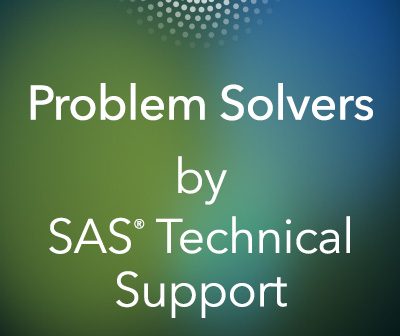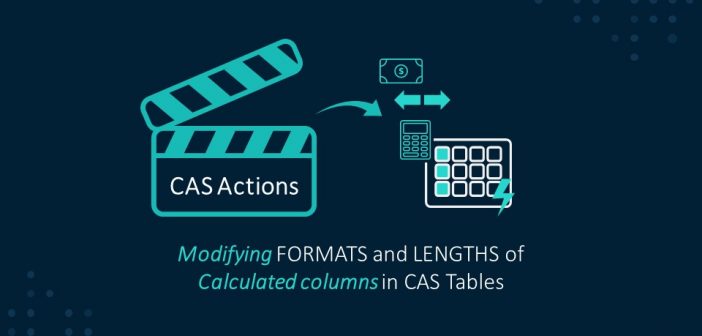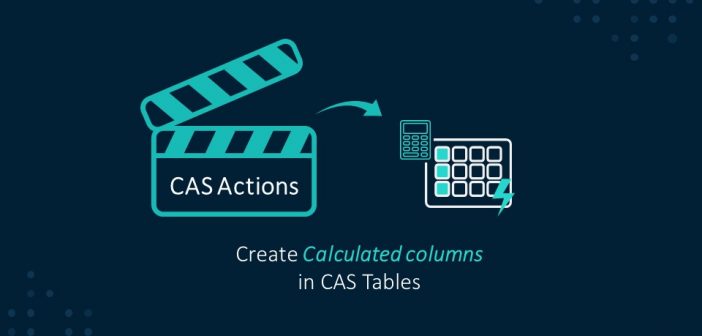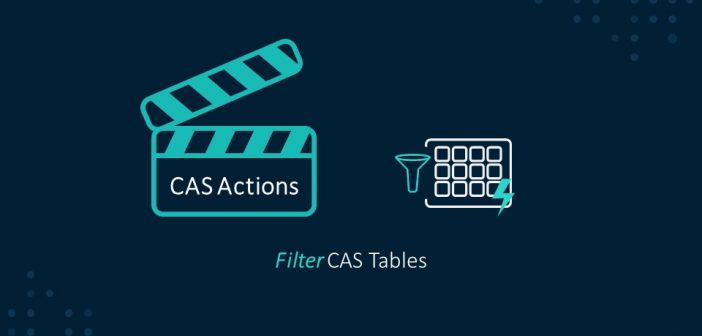Strengthen your programming skills with tips and techniques from the experts

There are several alternatives to writing to a Microsoft Word file when you use the SAS® Output Delivery System (ODS). The RTF, TAGSETS.RTF and TAGSETS.RTF_SAMPLE destinations create an RTF formatted file. The WORD destination, which is still considered preproduction, creates a DOCX formatted file. The destinations provide many of the same functions, although some features are unique to each one. The destination that you choose might vary depending on your desired final output.















